Cilantro, also known as coriander in some parts of the world, is a versatile herb that’s a staple in many cuisines. Its vibrant green leaves and fresh, citrusy aroma make it a beloved ingredient in dishes from salsas to curries. However, using cilantro correctly can be somewhat of an art form. If you’ve ever wondered how to make the most of this fantastic herb in your cooking, read on for a comprehensive guide on the dos and don’ts of cilantro usage.
1. Choosing Fresh Cilantro
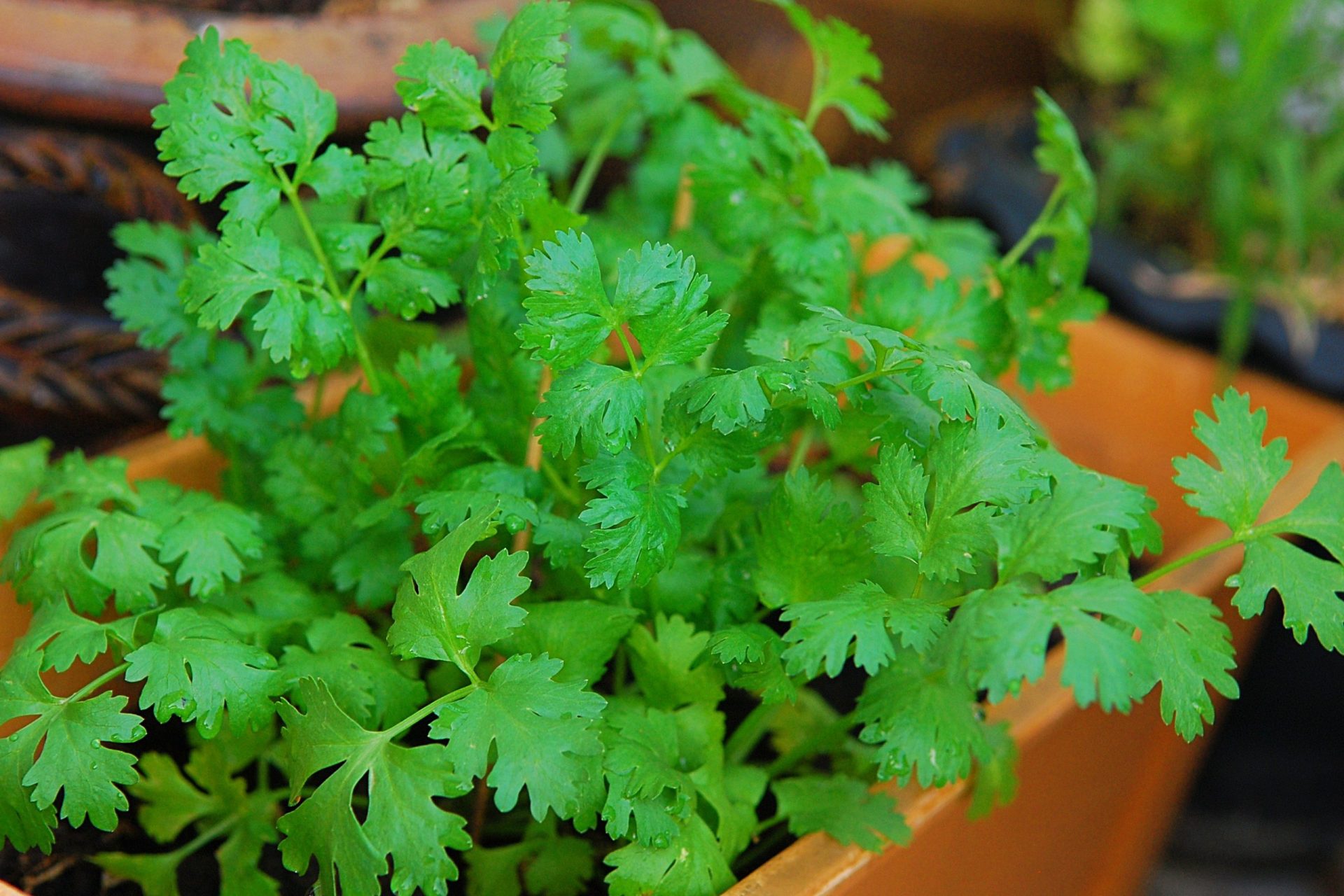 The first step to using cilantro correctly is selecting the freshest bunch you can find. Look for bright green leaves without any yellowing or wilting. Check the stems; they should be firm and not overly woody. A good indicator of freshness is the scent – fresh cilantro should have a strong, citrusy aroma.
The first step to using cilantro correctly is selecting the freshest bunch you can find. Look for bright green leaves without any yellowing or wilting. Check the stems; they should be firm and not overly woody. A good indicator of freshness is the scent – fresh cilantro should have a strong, citrusy aroma.
2. Storing Cilantro
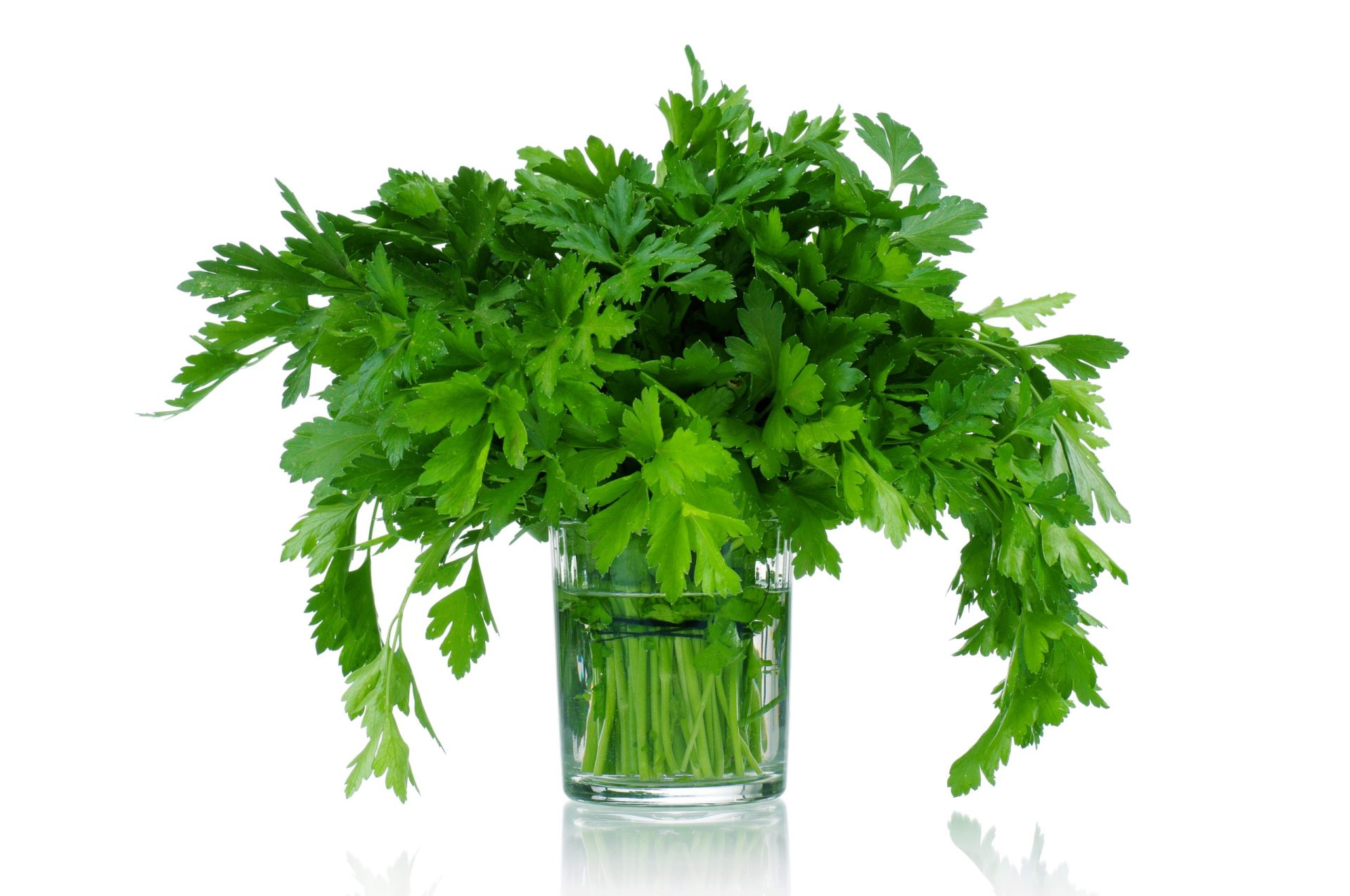 Cilantro is notorious for wilting quickly, so proper storage is crucial. To keep it fresh for longer, place the bunch in a glass of water like you would with cut flowers. Cover the leaves loosely with a plastic bag and store them in the refrigerator. Change the water every few days to extend the herb’s shelf life.
Cilantro is notorious for wilting quickly, so proper storage is crucial. To keep it fresh for longer, place the bunch in a glass of water like you would with cut flowers. Cover the leaves loosely with a plastic bag and store them in the refrigerator. Change the water every few days to extend the herb’s shelf life.
3. Using Both Leaves and Stems
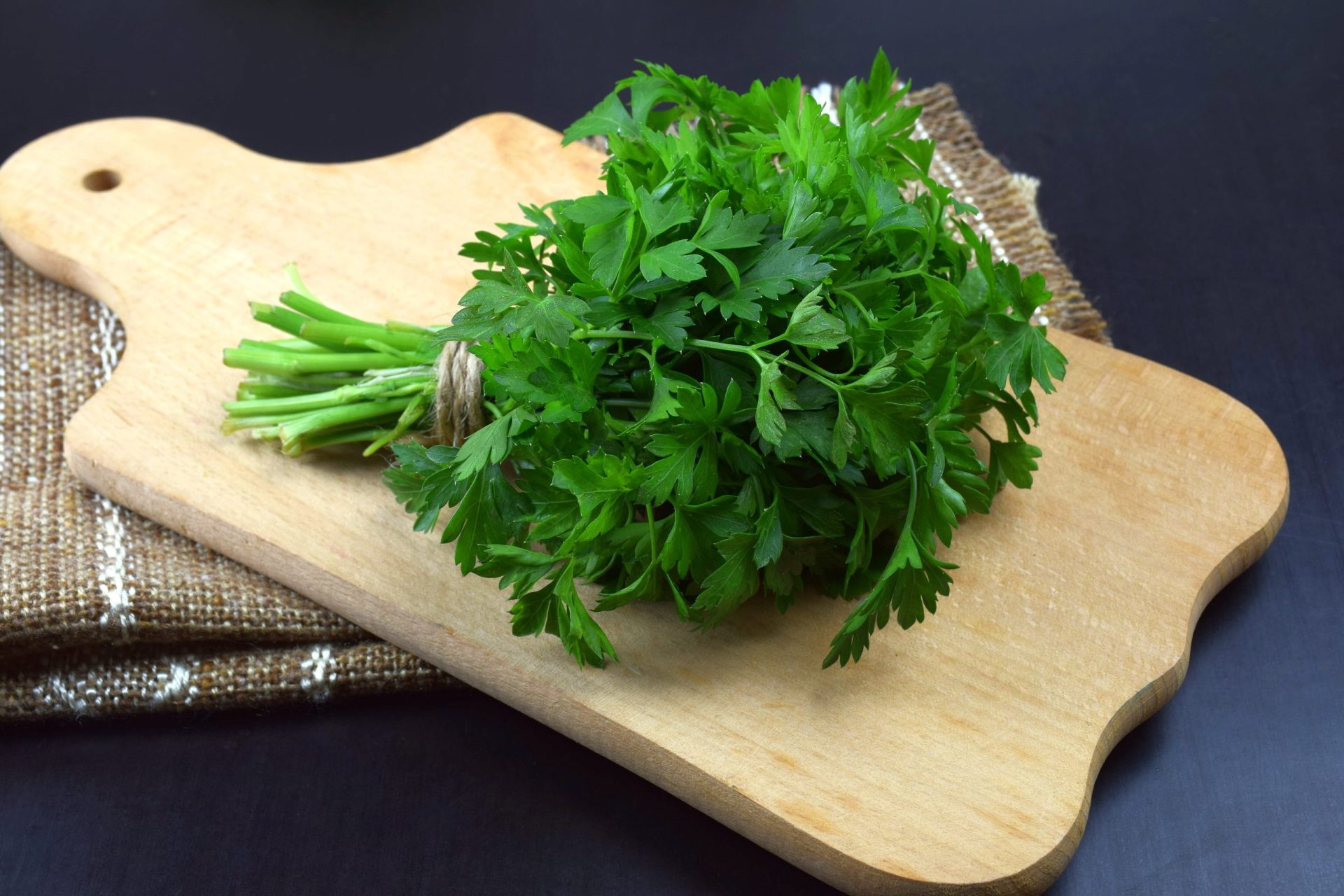 Don’t make the mistake of discarding cilantro stems; they are packed with flavor! In many recipes, especially in Asian and Mexican cuisines, the stems are just as valuable as the leaves. Finely chop the stems and leaves together for a burst of fresh flavor.
Don’t make the mistake of discarding cilantro stems; they are packed with flavor! In many recipes, especially in Asian and Mexican cuisines, the stems are just as valuable as the leaves. Finely chop the stems and leaves together for a burst of fresh flavor.
4. Adding Cilantro at the Right Time
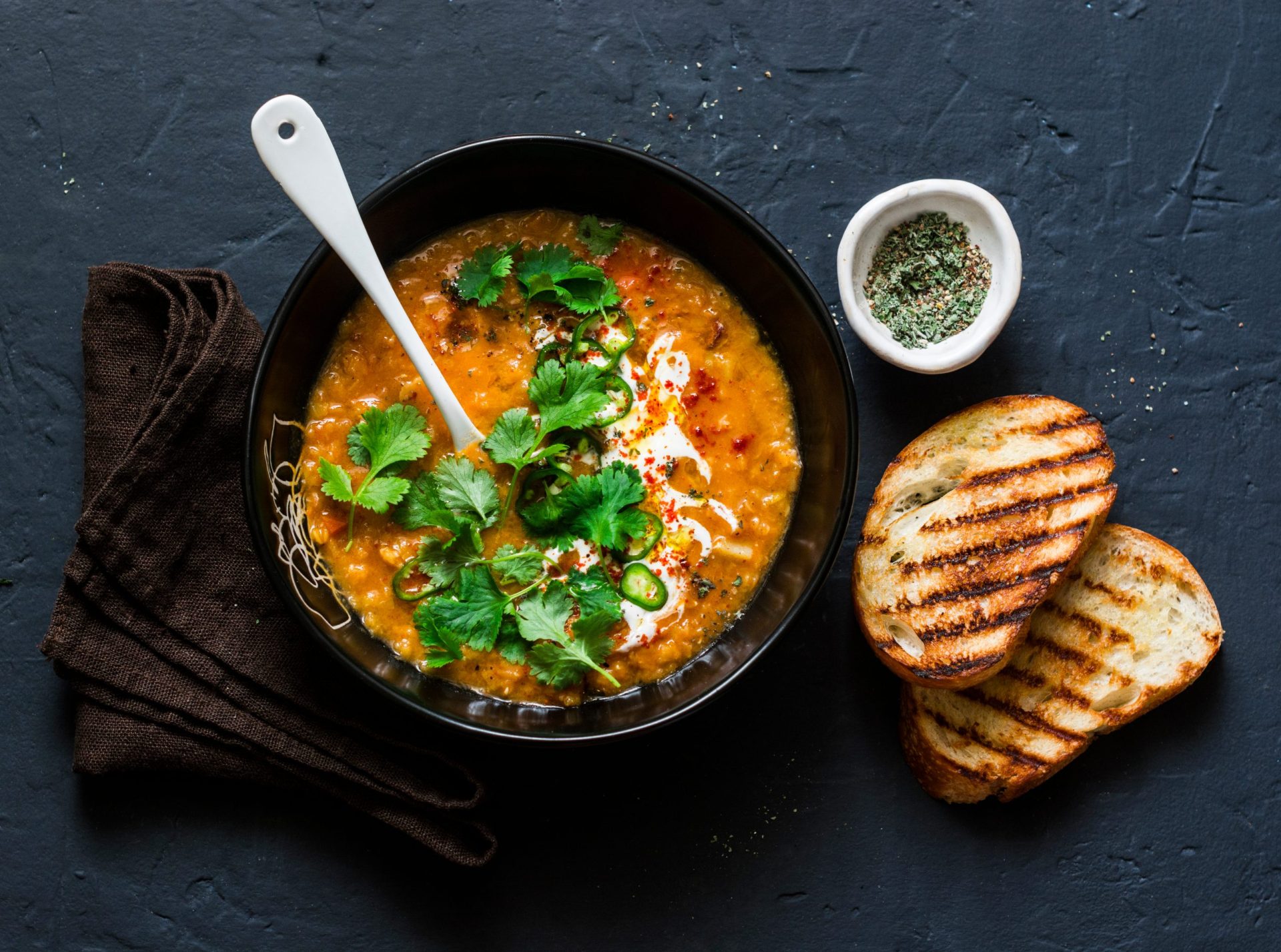 When using cilantro in cooked dishes, add it towards the end of the cooking process or even as a garnish just before serving. Cooking cilantro for too long can cause it to lose its vibrant color and fresh flavor. For soups or stews, a sprinkle of chopped cilantro right before serving can elevate the dish.
When using cilantro in cooked dishes, add it towards the end of the cooking process or even as a garnish just before serving. Cooking cilantro for too long can cause it to lose its vibrant color and fresh flavor. For soups or stews, a sprinkle of chopped cilantro right before serving can elevate the dish.
5. Balancing Flavors
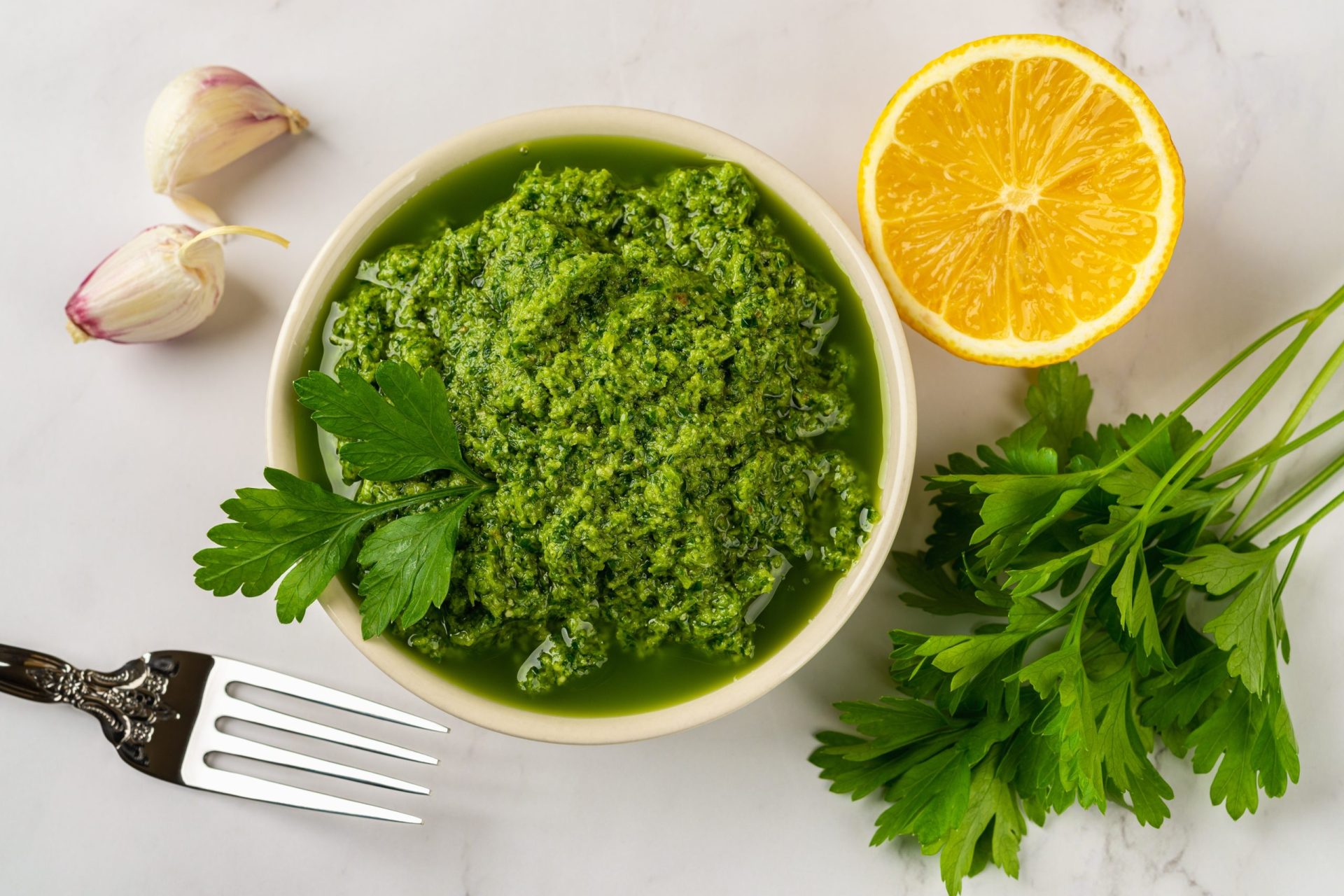 Cilantro has a unique, citrusy flavor that can be overpowering if used excessively. Balance is key. Start with a small amount and taste as you go. In some dishes, a little cilantro can go a long way, while in others, like salsa or guacamole, you can be more generous.
Cilantro has a unique, citrusy flavor that can be overpowering if used excessively. Balance is key. Start with a small amount and taste as you go. In some dishes, a little cilantro can go a long way, while in others, like salsa or guacamole, you can be more generous.
6. Experimenting with Cilantro
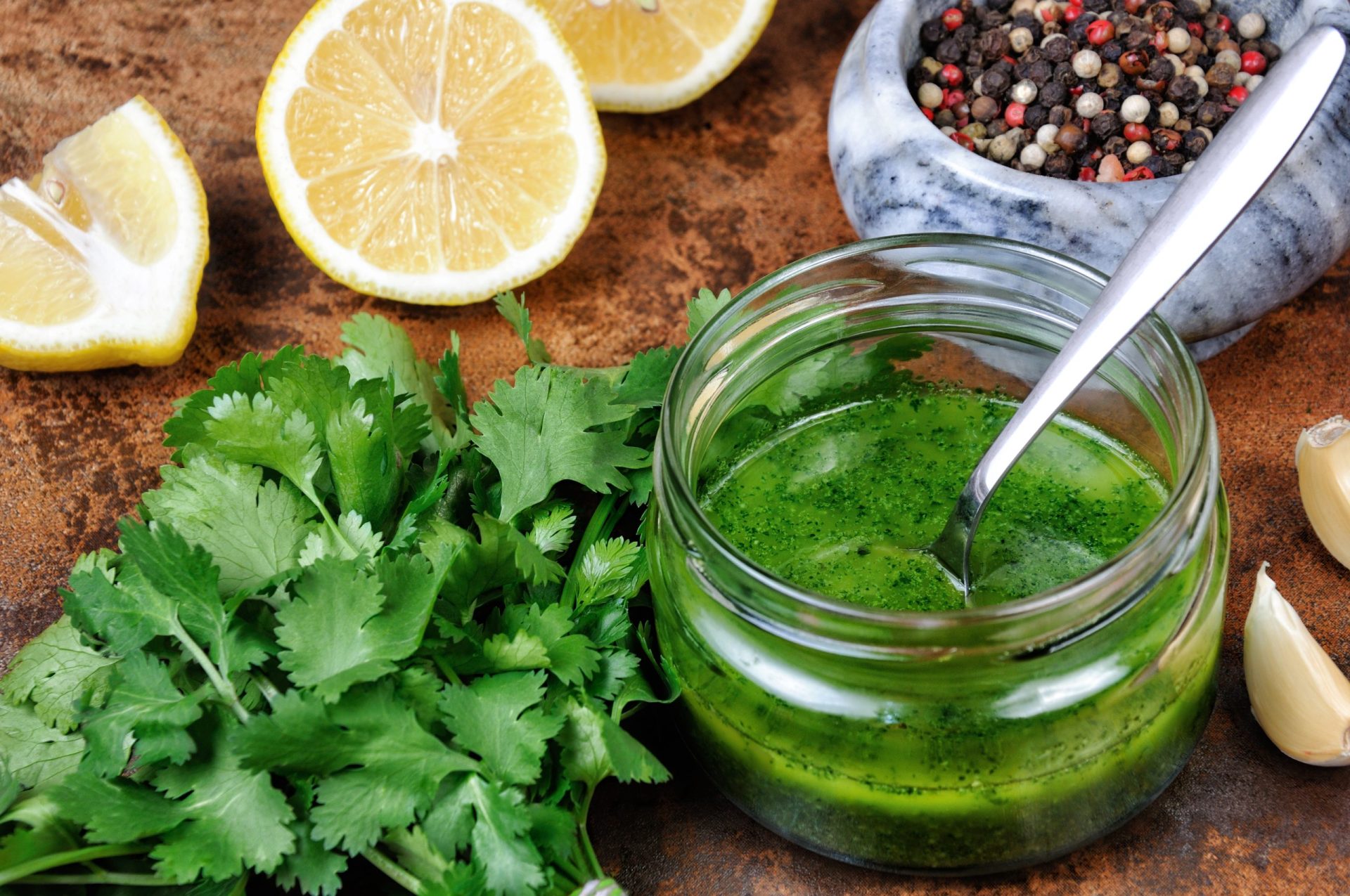 Cilantro isn’t just for garnish; it can be the star of the show. Experiment with recipes that feature cilantro prominently, like cilantro pesto, cilantro-lime rice, or cilantro-based marinades for grilled meats and vegetables. Its bright flavor can add a refreshing twist to various dishes.
Cilantro isn’t just for garnish; it can be the star of the show. Experiment with recipes that feature cilantro prominently, like cilantro pesto, cilantro-lime rice, or cilantro-based marinades for grilled meats and vegetables. Its bright flavor can add a refreshing twist to various dishes.
7. Pairing with Complementary Ingredients
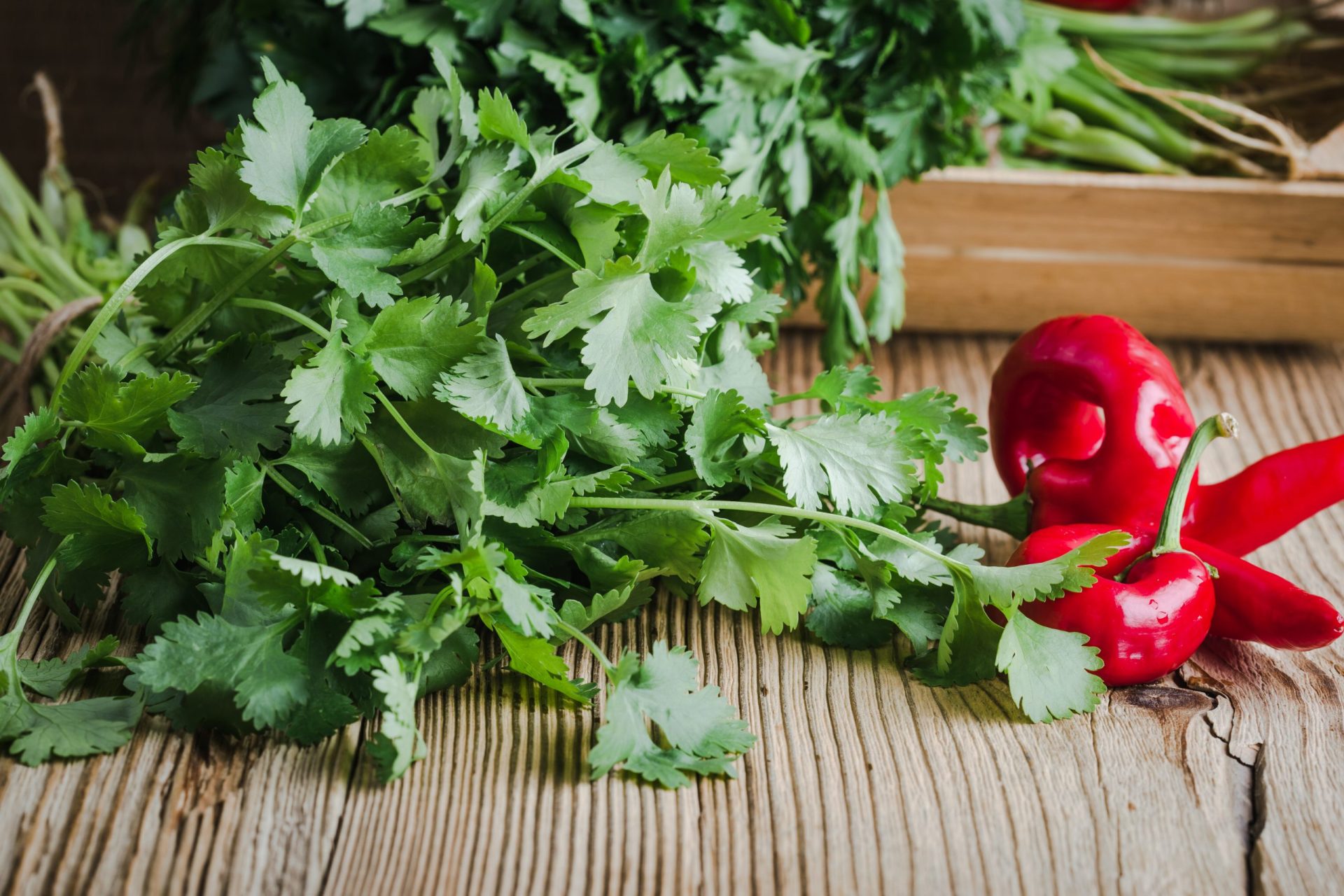 Cilantro pairs exceptionally well with ingredients like lime, garlic, ginger, and chili peppers. These combinations are common in many cuisines and can bring out the best in cilantro’s flavor.
Cilantro pairs exceptionally well with ingredients like lime, garlic, ginger, and chili peppers. These combinations are common in many cuisines and can bring out the best in cilantro’s flavor.
8. Cilantro as a Garnish
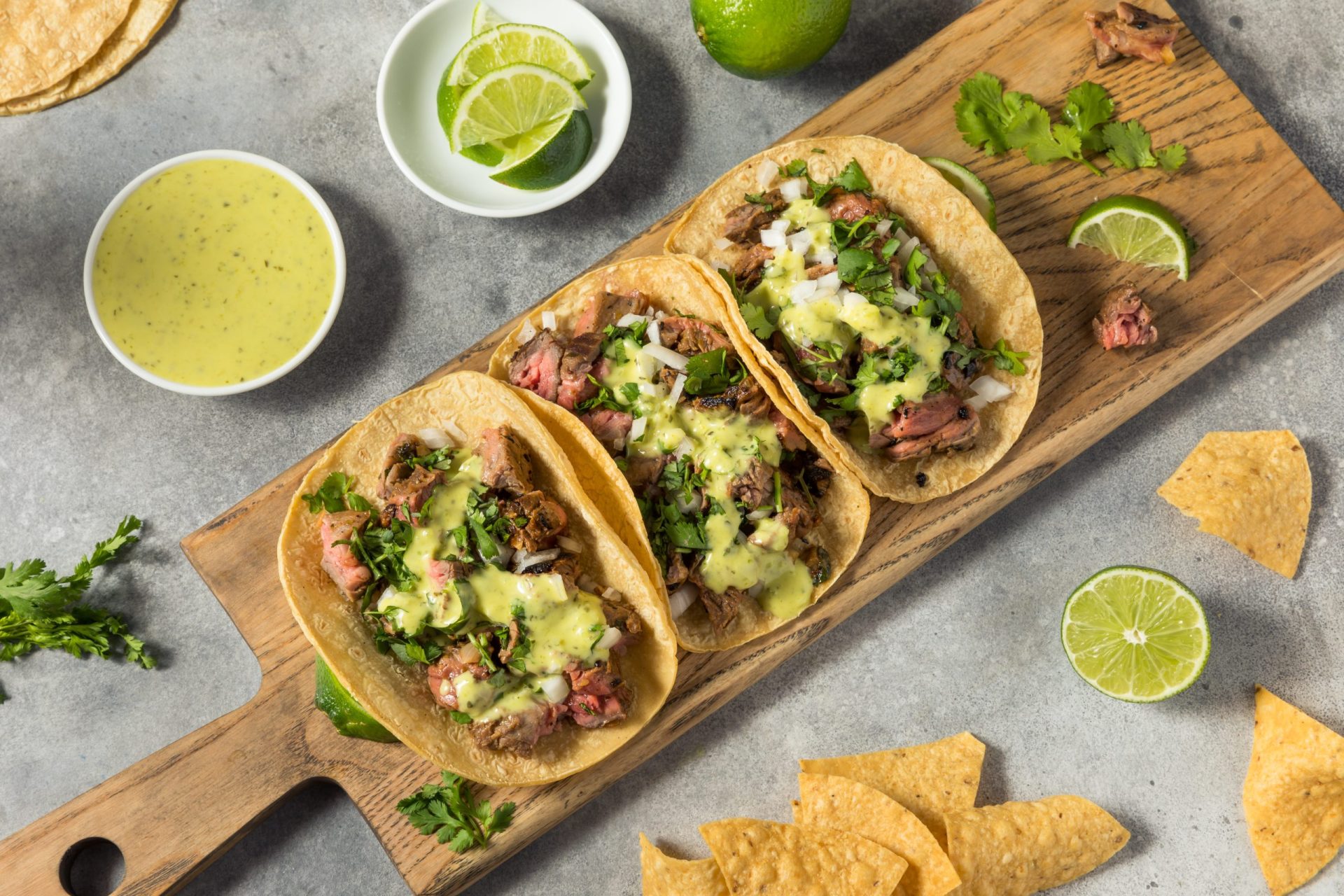 Using cilantro as a garnish is not only visually appealing but also adds a fresh burst of flavor to your dishes. Sprinkle cilantro over tacos, curries, salads, or any dish that could use a touch of brightness.
Using cilantro as a garnish is not only visually appealing but also adds a fresh burst of flavor to your dishes. Sprinkle cilantro over tacos, curries, salads, or any dish that could use a touch of brightness.
9. Cilantro in Drinks
 Cilantro isn’t limited to savory dishes. It can be used in cocktails and beverages as well. Try muddling cilantro leaves in a mojito or adding them to a homemade lemonade for a unique twist.
Cilantro isn’t limited to savory dishes. It can be used in cocktails and beverages as well. Try muddling cilantro leaves in a mojito or adding them to a homemade lemonade for a unique twist.
Incorporating cilantro into your cooking can be a delightful experience when done correctly.
Its fresh, citrusy notes can elevate a variety of dishes, from salads to soups and everything in between. By choosing fresh cilantro, using it at the right time, and experimenting with different flavor combinations, you can make this versatile herb a star in your culinary creations. So, go ahead, embrace cilantro, and let your taste buds embark on a flavorful journey!










